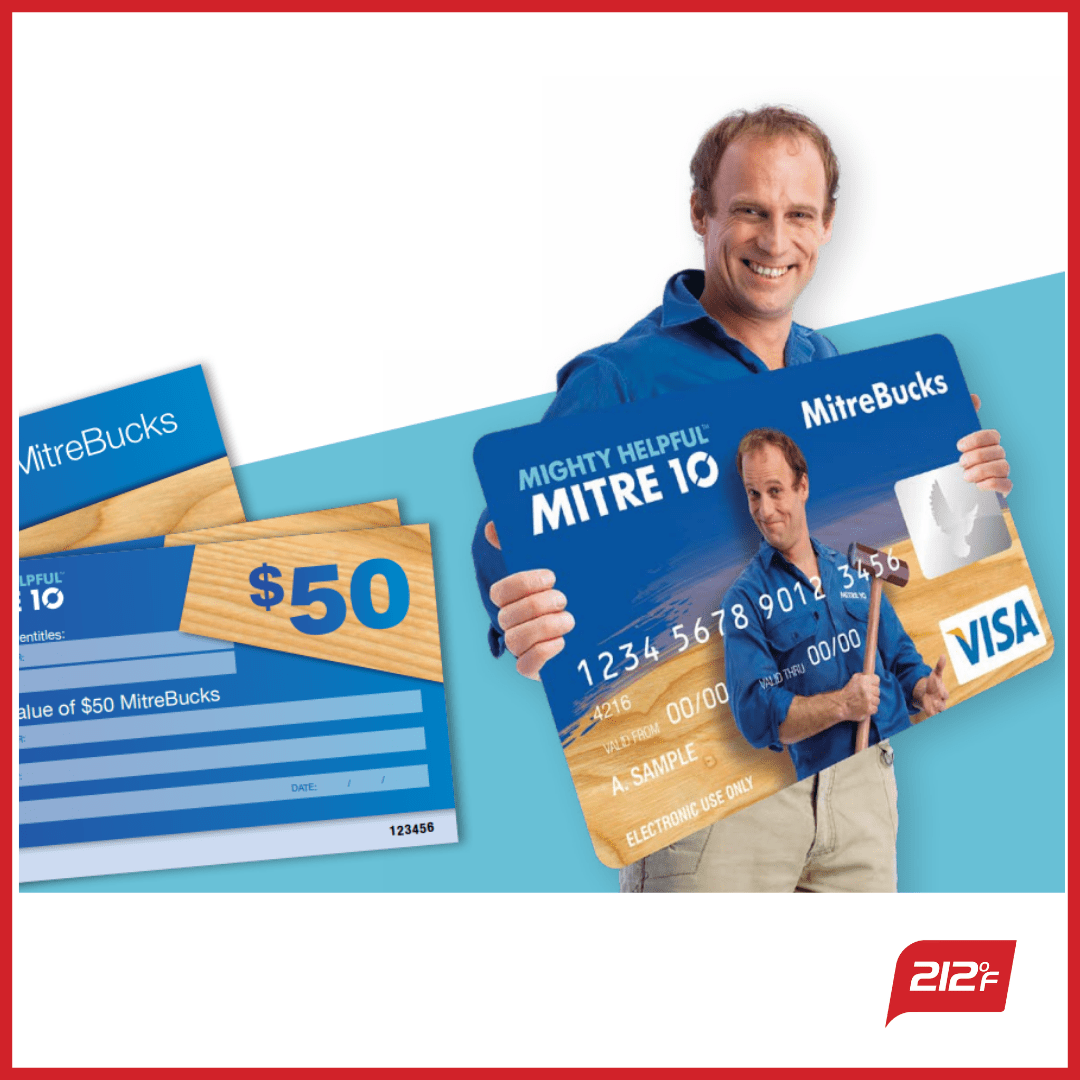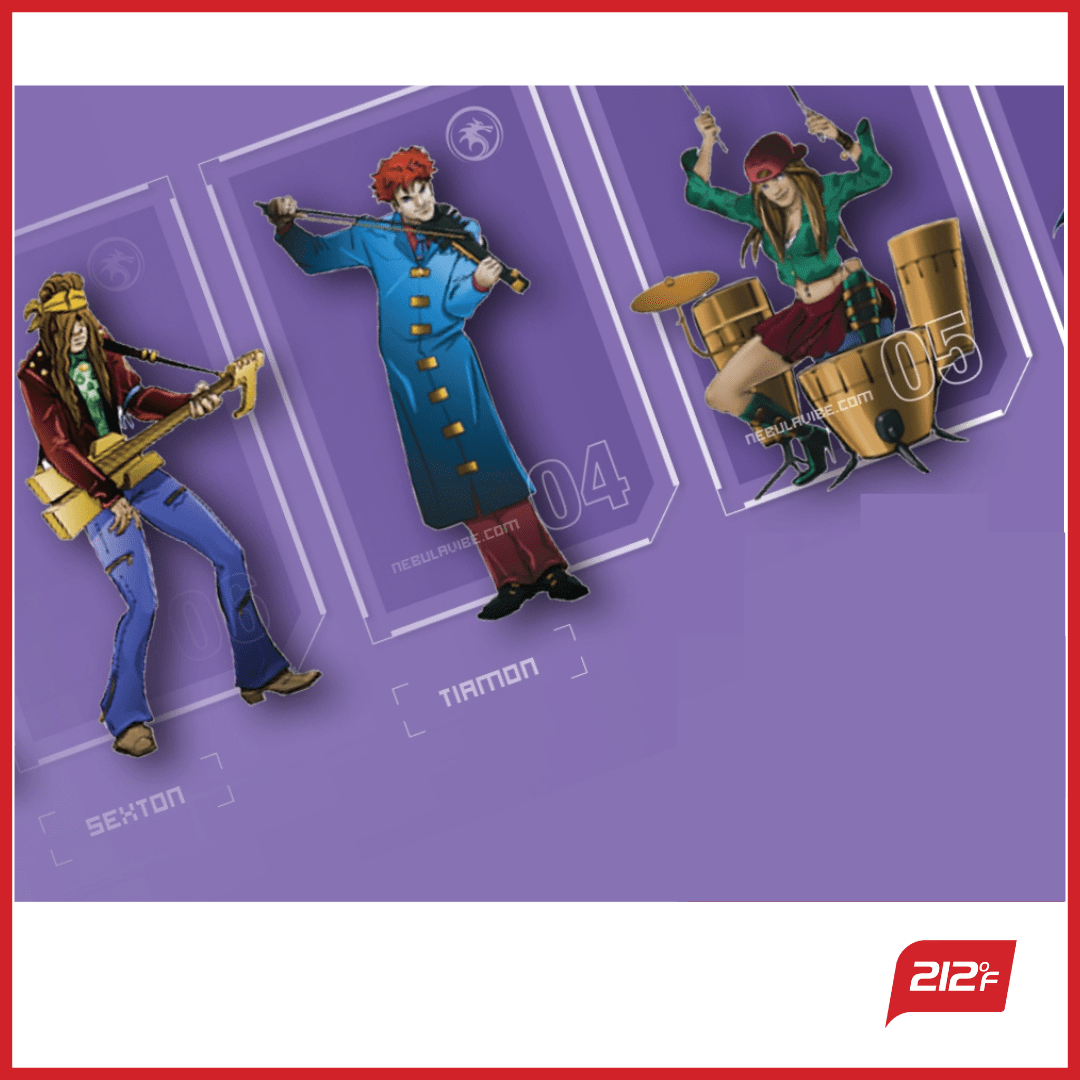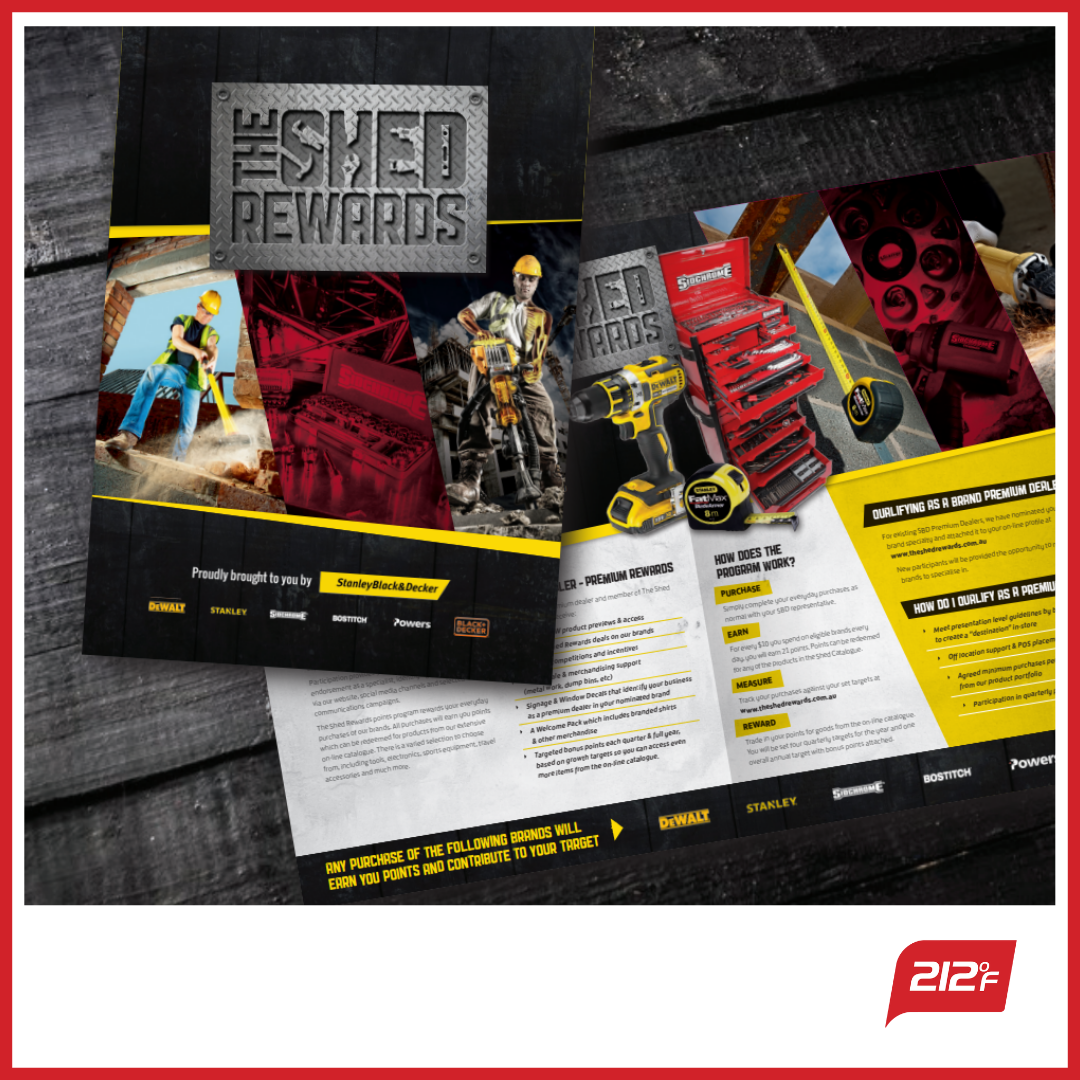Nearly two years after the initial Covid lockdown, we can now see more traffic, more people, more noise, and (for once) no one is complaining about it. So, it’s great to see business opening back and the general buzz around the city.
It’s an excellent time for us to review and reflect on the changes this long enforced hiatus has for the B2B rewards and loyalty programs. Of course, every workplace as we know it has undergone changes, but the basics of human motivation remain the same. It’s been demonstrated repeatedly that engaged employees or, in our context, customers and channel partners lead to improved performance. When you demonstrate to your channel partners how much you value them, you generally are rewarded with increased engagement and productivity if the value you provide is unique and competitive.
As discussed in Academic Research in Action, people make significant efforts to win appreciation from their managers, partners, and other relevant stakeholders. This type of successive, expansive-based program progressively incorporates rewards with high social value and not just a high monetary value – such as in points or spot B2B reward programs offering travel incentives, merchandise rewards, gift cards and other pertinent experiences.
The IRF report suggests that most businesses will leverage engaging and unique loyalty platforms that offer travel experiences, gift cards, and merchandise choices. The Industry Outlook report further strengthens this claim for 2022, reporting an expected increase in incentive spending by 34%. Strategy lead incentive programs motivate the behaviours and decisions you seek, often regardless of the industry. Extrinsic rewards, applied carefully, ethically, and fairly, build rather than erode intrinsic motivation; moreover, they scale up and don’t cost a lot.

High-performing organisations and teams must review, refurbish, and optimise their B2B incentive and reward programs to address the unique workforce challenges in 2022. When creating your B2B rewards and loyalty program, here are some points to keep in mind.
Incentives and rewards should be offered to change behaviour. And we need to ask, what are the current behaviours, and do we want to change that? To answer this question, we need to understand the organisation’s pain points and how a long term strategic B2B rewards and loyalty program can help elevate those pain points.
The first step in building a holistic B2B loyalty program would be to start with the question, WHY? Why do you want to build a loyalty program? Is it only something being done to check off the bucket list? Or is it part of a long-term strategy that will create change in behaviour and give you a competitive advantage? When you ask these questions, you will find some “weak spots” or what we like to call “pain points”. Once identified, you will be able to define your success metrics. Success metrics can be as simple as increasing the Share of Wallet for your brand.
Once you have identified the “pain points”, your loyalty program needs to attack that pain points and encourage your target audience (Channel Partners) to engage with the program. B2B incentive reward programs are designed to solve pain points and can be done in several ways.
Check out some examples of engaging and successful B2B Incentive & Rewards programs in Australia and New Zealand:



Getting the program launch right is essential to ensure any engaging B2B incentive program gets off to a strong start. The announcement or launch of the program will be the first time the target audience will engage with the program. So, make sure you have a great first impression! Most successful programs start with launching with a teaser, flyers, and handouts which highlight the program to customers and channel partners. Operationally the program needs to be easy to understand and execute to ensure zero obstacles when redeeming the hard earned incentive.
Consistent marketing and promotional efforts are fundamental to the program’s success and encourage long-term buy-in from everyone. Without constant promotion, you risk having the reward program burn out after the initial buzz of excitement you created during its launch. In addition, it would help to capitalise on the additional communication channel you have created for regular engagement with your channel partners. A dedicated program portal with a live leaderboard and pathways to multiple success levels are some of the ways you can keep your channel partners engaged in the incentive program.
There is nothing more boring than seeing the same incentive and loyalty program year on year. It is also why recognising the changes of workplaces, sales channels into a new channel partner loyalty program is so important. There can be quick wins for beahviour change in process and outcomes when the pillars of a rewards program match enteral forces.
So, before you refurbish or update your B2B incentive program offerings, it is essential to review your program – the successes and the learnings will inform you of the required approach for future programs. A new or refurbished incentive program can be as simple as changing the incentives or the look and feel of the portal, or it could be that after review, you have observed a new pain point that needs to be addressed.
At 212F, we don’t just focus on short-term wins but on the behaviours that bring you the results. In other words, we think strategy first, rewards second. So when you partner with us, you design engagement programs that set you apart with the right incentives that drive high performance.
Get in touch with us to know more and get ahead of the loyalty game!